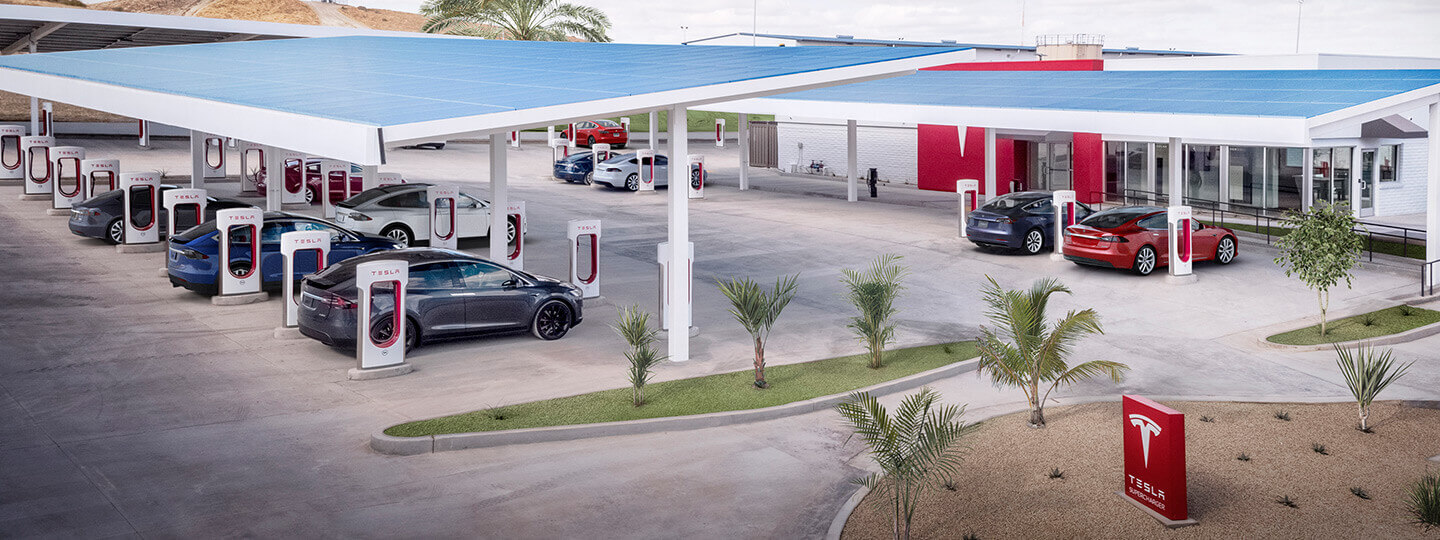If you are a Tesla investor who keeps a close track of Tesla’s production numbers then you are definitely losing sight of the forest for the trees.
I am certainly part of the crowd that fell into the trap of counting Tesla’s production numbers every day. It’s exciting and exhausting, to keep following Model 3 production figures. That’s OK for people like me, who are just following Tesla without making an investment.
But the same cannot be said for investors who want to hold Tesla shares as long as possible. The day Tesla hits 5000 or 6000 units, Model 3, per week production – makes no material difference to a Tesla investor.
The metric that investors need to keep an eye on –
Is Tesla showing meaningful growth in production?
Building 9,766 Model 3s in Q1-18 was much better than the 2,425 cars that were built in Q4-2017. It doesn’t matter whether Tesla builds 20,000 or 30,000 cars in Q2-18, because it’s still way better than what they did in Q1.
What matters is –
-
The impact of additional production on Tesla’s cash flow.
-
How much did Tesla spend in Q2-18 to make the production surge possible?
-
A reduction in spending to go along with a surge in production can do wonders to Tesla’s cash flow and leave a huge impact during the second half of the fiscal.
-
If things move in the other direction, Tesla will have its work cut out to improve efficiency.
But if you stay consumed about production statistics, like me, then keep watching every word that flows out of Elon’s Twitter account. But if you are an investor, you are better off watching Tesla CFO Deepak Ahujas’ behind the screen moves.
Things you may have missed:
-
Why did Tesla cut Model 3 price a week before the quarter end and tease customers to place their orders?
2. What will be the impact of 9% workforce reduction and other cost savings measures in this quarter and the next?
3. Why did Tesla increase Model X and Model S interest rate from just 0.99% during the third quarter of 2017 to 3.49% today? Is Tesla trying to stabilize Model S/X demand?
These are just a few examples of highly visible actions taken by Tesla. We need to take a closer look at Tesla’s second quarter 2018 earnings report and find out if they have done more.Current production ramp will play only a small part in Tesla’s future.
Tesla’s future will be secure as long as production keeps growing at a steady clip.
Net loss must be brought down to a minimum. Tesla needs to get into a position from where they can estimate how much money they will have by the end of the quarter and plan their investments accordingly.
That’s exactly how Amazon goes about its business.
Amazon is barely profitable – because they spend every penny they get towards growth.
Amazon reported net sales of $48.077 billion and an operating income of $862 million in 2011. By 2014 net sales had grown to $88.98 billion for an operating income of just $178 million.
Amazon’s operating income shrank because the company decided to invest as much as it can to help chase growth.
If not for Amazon’s tech unit (AWS), Amazon will be hardly reporting any profits. Amazon’s operating income was $4.103 billion in 2017, thanks to AWS bringing in $4.331 billion. Amazon retail business (North America + International) reported a mind boggling $160.407 billion net sales in 2017.
Want to know the combined operating income of these two divisions?
An operating loss of $225 million.
This is what Amazon had to say about the company’s heavy losses in International retail operations, “The increase in International operating loss in absolute dollars in 2016 and 2017, compared to the comparable prior year periods, is primarily due to increased levels of operating expenses to expand our fulfillment network and spending on technology and content and marketing efforts, partially offset by increased unit sales, including sales by third-party sellers. ”
Amazon is hunting for top line growth in international markets and the company is willing to exchange its profits today for achieving scale tomorrow. The barely profitable position Amazon held on for several years is not because of market conditions but because of Amazon’s decision to invest everything in its business.
Tesla indeed has two choices.
They can invest now and reach scale, or they can stay profitable today and stay sub-scale tomorrow. And its clear that the company has chosen the former and follow the footsteps of Amazon.
Hunt top line growth instead of profitability.



